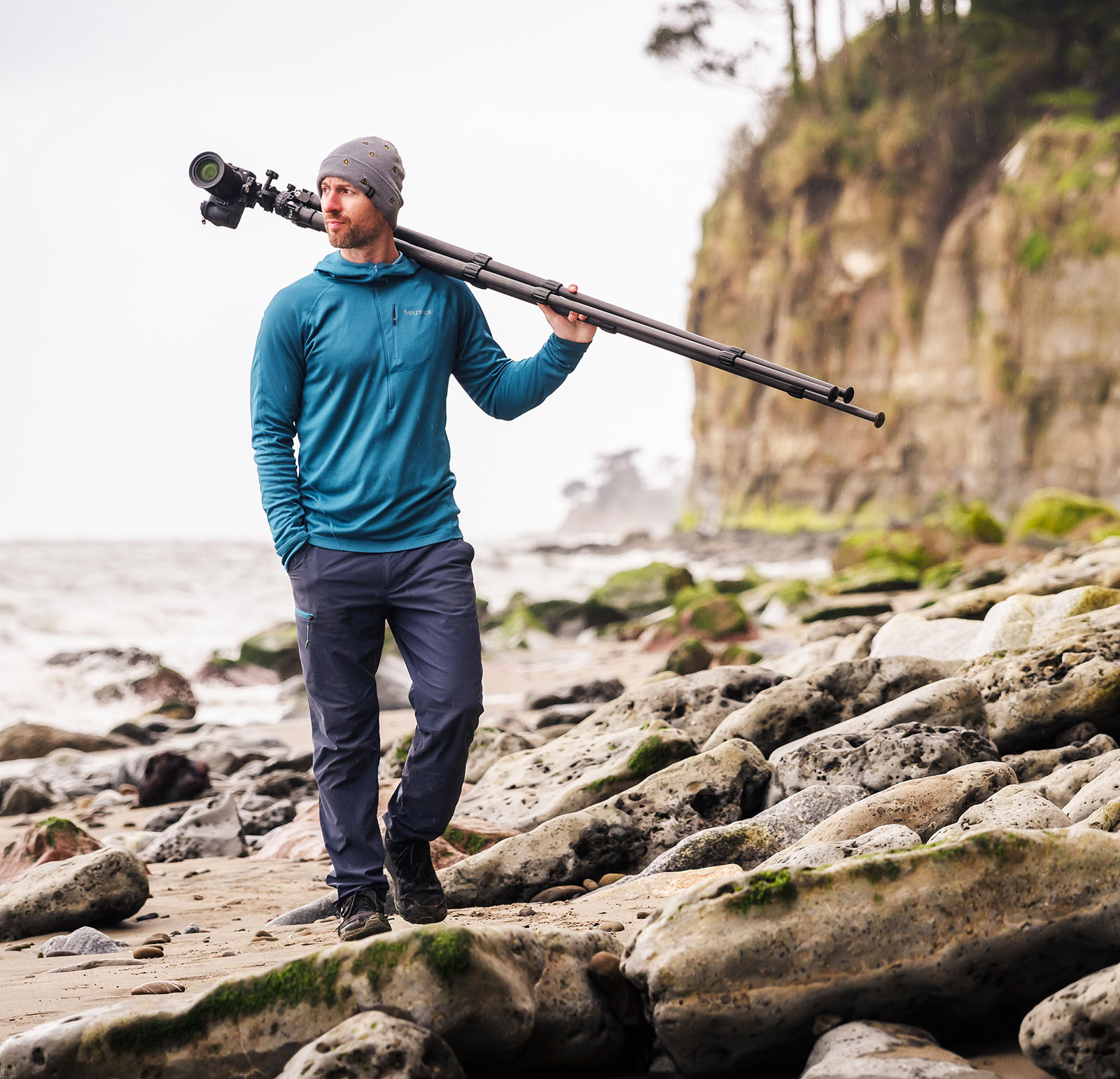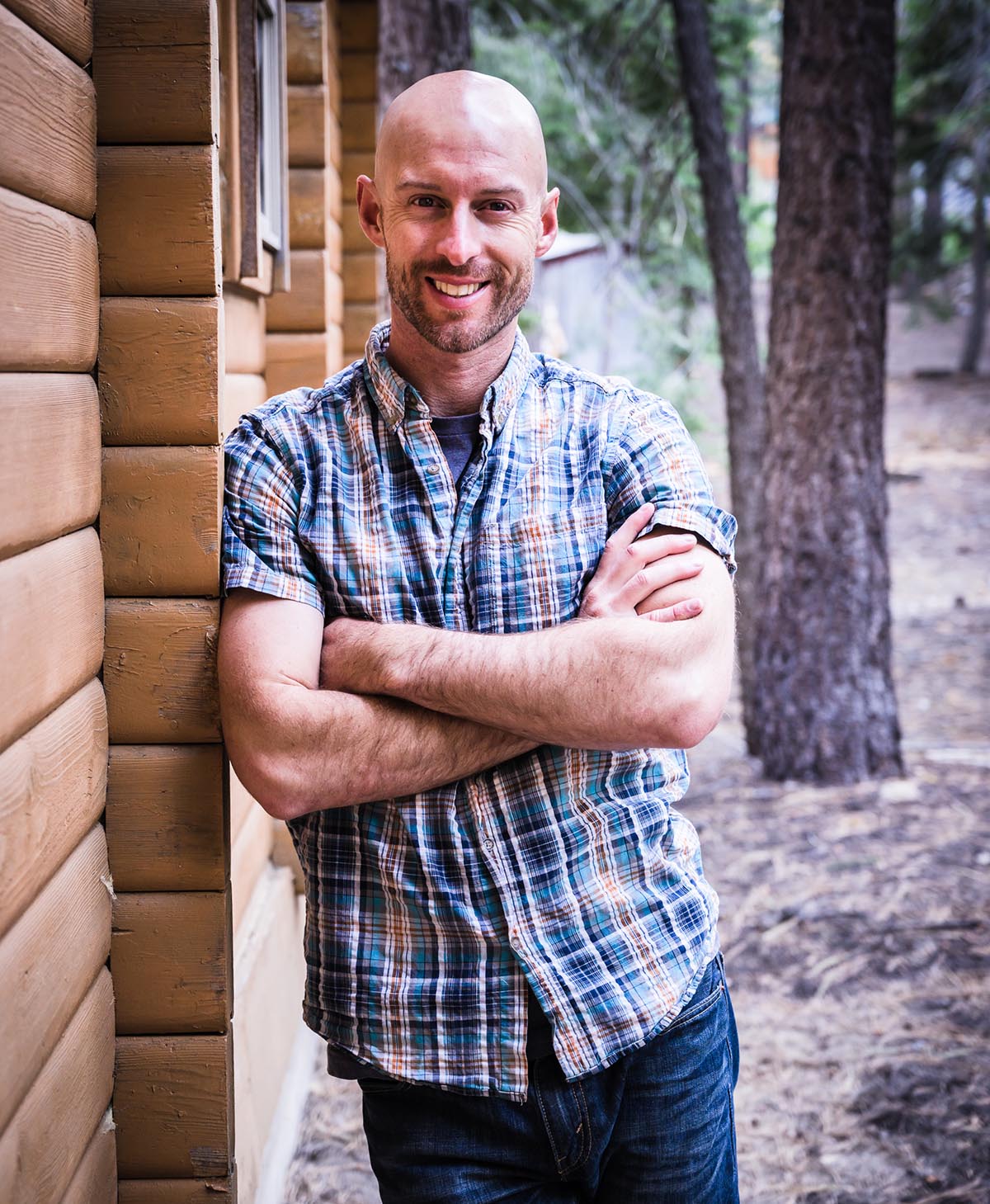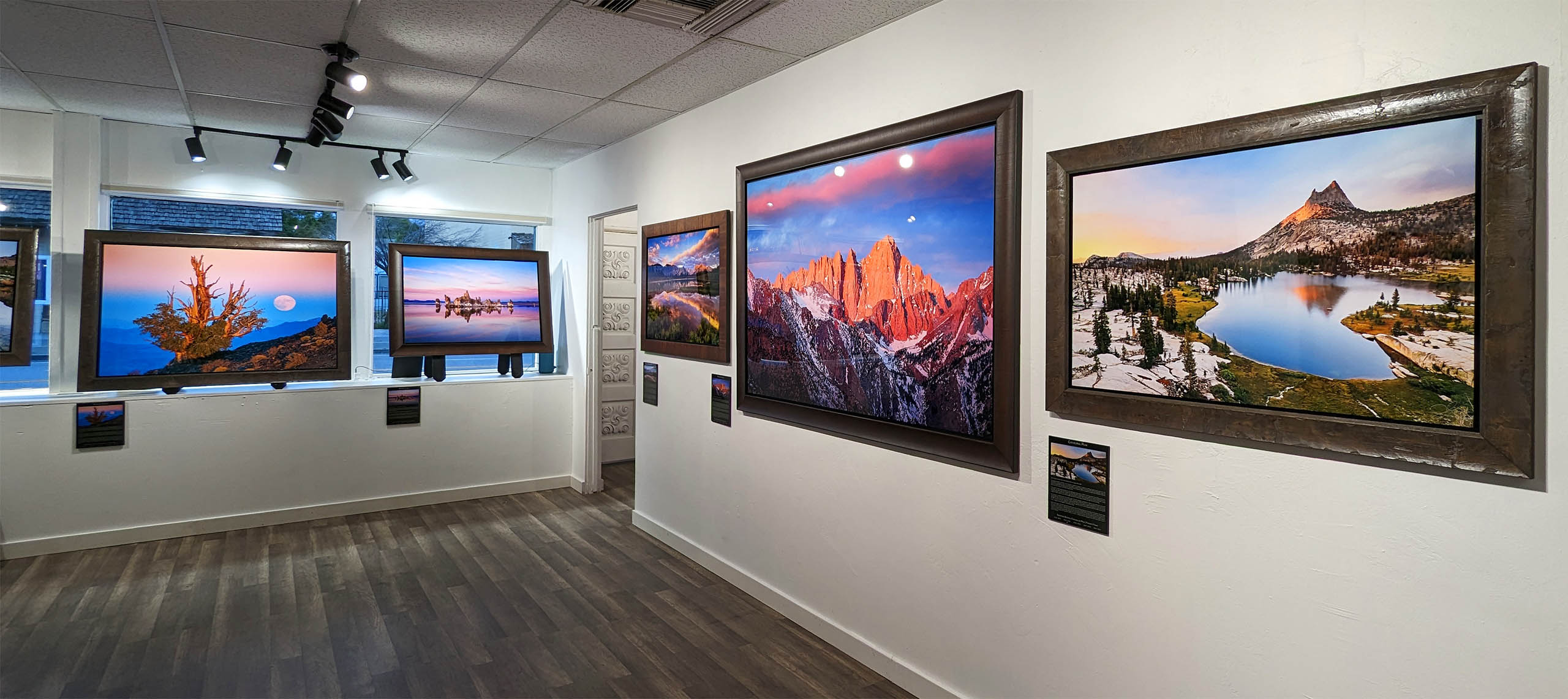In photography there is often an obsession with the latest, most expensive gear, and the coolest new toys. And there can be a sense that if you don’t have a camera you had to mortgage your house to buy, a lens that cost as much as a year at Yale, a whole slew of filters, a fancy remote, and a private helicopter to get you to the right spots that you’re not going to be able to take any good photos.
Well don’t you worry because this is a complete myth and I’m here to tell you exactly what equipment you need to take amazing nature photos. It’s less than you think.
First things first, you have to have a camera that lets you adjust aperture, shutter speed, ISO, and WB. That’s important because it allows you to do things like control what people look at in your photo, change the mood and feel of your image, bring out certain colors, and make other creative decisions about what you want your photo to look like. And making creative decision is how you elevate your photography from snapshot to art.
And as long as you have that capability there is absolutely no need to spend a fortune. In fact, some of my own best selling photos, like this one, were taken with an entry level camera that you can’t even buy anymore because it’s considered obsolete. So worry less about the model you buy, because all modern digital cameras are amazing machines, and just make sure it’s got the ability to change aperture, shutter speed, ISO, and WB and you’ll be good to go.
Ultimately a good lens will play a more crucial role in Getting The Shot than your camera does. The right lens helps you create the compositions you want, get the perspectives you need, and capture all the beautiful details of your subject. Rather than getting one lens that does everything just ok I recommend getting one lens that’s great at whatever it is you’re most interested in.
Wide lenses are generally good for landscape photography, mid range lenses work great for portraits and single subjects, and telephotos work for wildlife. Now those are by no means rigid classifications but it’s a good starting point in you’re not sure what’s what.
Now I hate to tell you, but you did not pick a cheap hobby, like skiing. 🙂 Which means that good glass can be expensive but you can almost always find excellent 3rd party alternatives to the big name brands. And Ebay and Craigslist are also great places to find deals.
I can hear you now…
“Do I reallly nnneeeeeed a tripod??”
Mmm, welllll, YES. At least yes if you ever want to be able to take photos like these.
A good tripod not only gives you a stable base to shoot from for the highest quality shots and ability to do long exposures. But it also gives you consistency, which is the best thing you can ask for when you’re dialing in that perfect shot.
As far what kind of tripod to get, I highly recommend getting one with a ball head for their ease of use. This kind of thing will annoy you to no end. And personally I like twisting leg locks rather than the toggles because they’re easier to clean and less likely to break.
When buying your tripod take a deep breath, spend a little money, and get something good. Otherwise I guarantee you will ultimately spend twice as much by buying a crappy tripod, then a slightly better one, then a slightly better one, then finally a good one.
And that’s it! Believe it or not, everything else is optional. But with a camera, a good lens, a sturdy tripod, and a healthy dose of can do spirit, you’ll be able to create photos you’re proud of.


Joshua Cripps is a renowned landscape photographer who has garnered worldwide acclaim for his breathtaking images of our planet’s wild places. His photos have been published by the likes of National Geographic, NASA, CNN, BBC, and Nikon Global.

The Mt. Whitney Gallery was founded in 2023 by Joshua Cripps as a way to share his passion stunning landscapes of the Sierra Nevada and beyond.
Set at the foot of the breathtaking Sierra with a view of the range’s highest peaks, the gallery features large format, museum-caliber fine art prints of Josh’s signature photographs.
Course Login | Results Disclaimer | Terms and Conditions | Privacy Policy
© Copyright – Joshua Cripps Photography

4 Responses
Hello Josh, I have one question for you I’m going out to Zion National Park this summer. I’m new to photography what lens would you recommend I’m looking at Tamron 15-30 f2.8 or 24-70 f2.8 or both? I have a d500.
Hi Howard,
I’d definitely recommend both! For my landscape work I have lenses that cover from 14mm all the way out to 500mm, though most frequently I shoot around 14-24mm and 70-200mm. For your camera, since you have a DX-factor D500, be aware that the FX lenses you mentioned will have a multiplication factor of 1.5x, meaning the 15-30mm lens will actually give you the field of view of a 22.5-45mm lens, and your 24-70 will be like a 36-105 lens. For that reason, and since you are visiting Zion (which has lots of HUGE mountains), I would also consider investing in an ultra wide lens like the Nikon 10-24mm.
Hope that helps and have fun!
Josh
What is your Tripod model and brand?
Hi Ram, I use Induro tripods with Acratech ballheads. I have two models: the CT113 and the CLT203.